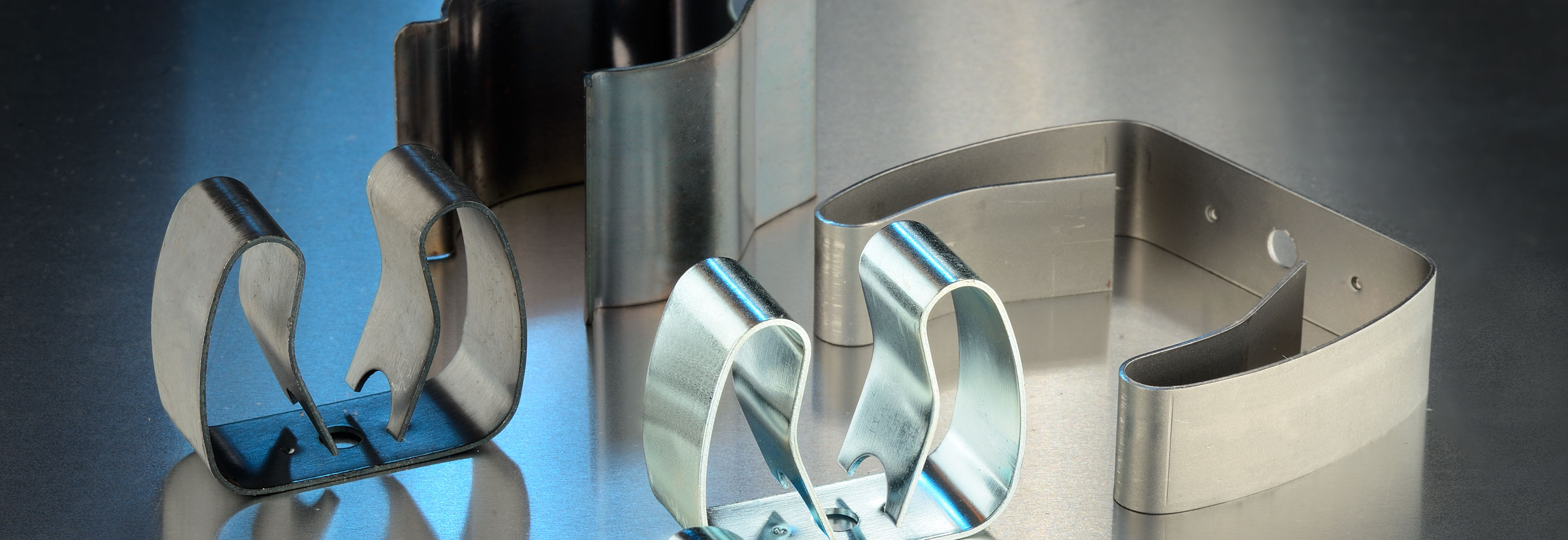New England Spring produces compression, torsion, extension, and garter springs to customer specification in wire sizes of .15mm – 7.3mm (.006” – .287”). Design software is used to verify print characteristics, tolerances and part performance. In this way, potential difficulties can be reviewed with the customer and resolved before production begins. We can work in any alloy: carbon steel, stainless steel, brass, copper, elgiloy, inconel, the list goes on to include wire of special shapes and even braided wire.
The manufacturing process of coiling is used to create compression, extension and garter springs. The basic principle is to push the wire through guides and between the coiling point and arbor to generate the circular body of the spring. A pitch tool imparts the helix and finally a cut off mechanism completes the spring. Some machines employ a dual coiling point system (which does not have an arbor) but the basic forming steps are the same. Modern equipment can measure the length of each part as it is generated and with a statistically based feedback loop the coiling machine is self-adjusting. Further, with a multi-directional sorter attached, the population of springs can be further broken down for more consistent processing down stream.
Down stream operations normally include stress relieve, grinding (compression springs), forming (extension springs) or assembly (garter springs). Sometimes the springs are plated as a final step.
The manufacturing process of winding is used for torsion springs. In this process the wire is pulled through guides by a rotating arbor. The wire wraps around the arbor creating the close-wound body of the spring. Typically, the ends of the wire (commonly known as “legs”) protrude tangentially from each end the body and are formed in a configuration appropriate to the customer’s application. More sophisticated multi-plane forming is accomplished on our CNC wire-forming equipment. These 12-axis machines have the amazing capability of forming in virtually any plane to make a part complete on the primary equipment, that is to say without secondary operations.
Design formulas for compression and torsion springs are time-tested and quite straight-forward. The more challenging aspect of spring design is the knowledge of performance in the application environment, reaction of the material to various stress levels and realistic expectations of manufacturing tolerances. New England Spring’s engineering staff can assist in all these areas.

